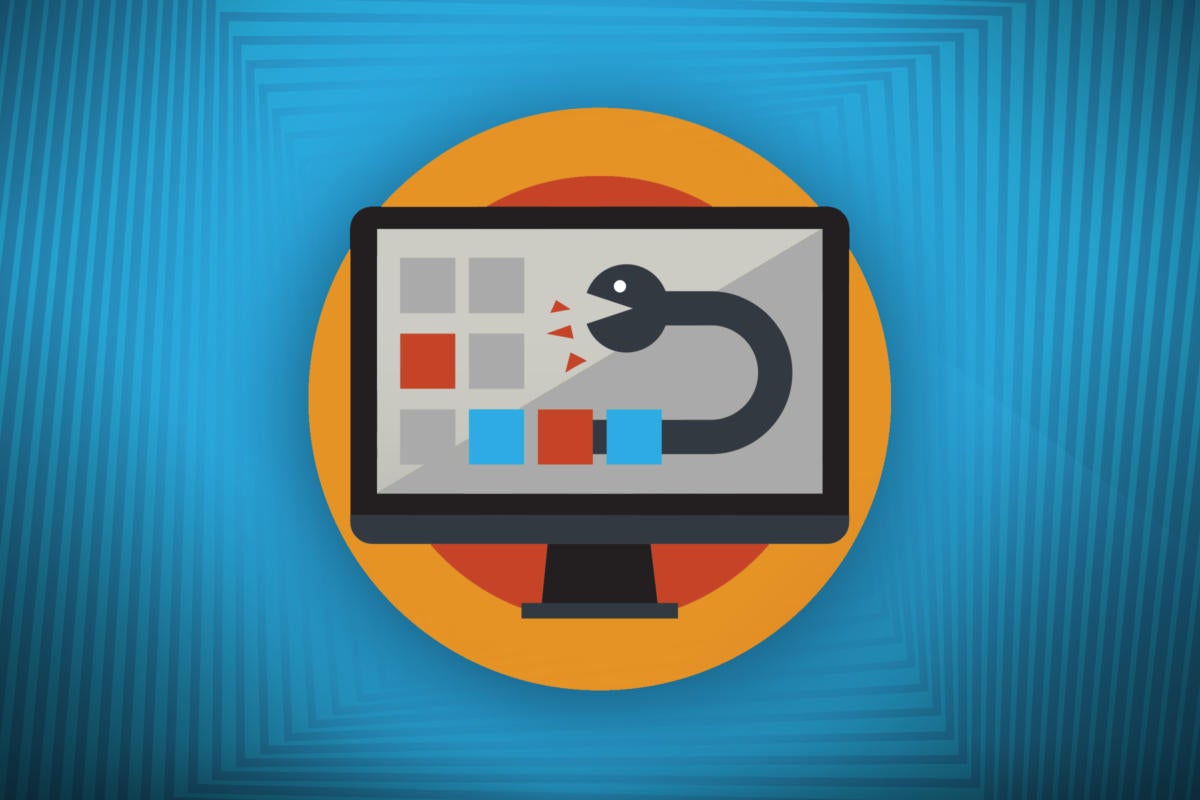- Get link
- X
- Other Apps
- Get link
- X
- Other Apps
Computer Worm
How to
recognize it and what to do about it
Whether in the press or from your
own experience, you have certainly heard of a "computer worm"
before. But what exactly is it and how do computer worms get onto a
computer? How to protect yourself with free antivirus and
your own behavior.
Computer Worm: Definition
A computer worm is a computer
program or script that can replicate itself once the file is
executed. Computer worms belong to a large group of malware, also known
as malware.
Characteristics
of Worms Are:
- Computer worms spread via computer networks,
the Internet, USB sticks, or other removable media.
- A computer worm copies itself and can continue
to spread independently without the need for a so-called "host
file".
- Worms can cause damage to the affected computers in a variety of ways. Often times, worms cripple computer
networks by taking up critical storage space or resources. However,
worms can also alter data or take control of another computer.
- Common occurrence: as an email attachment
Computer worms are probably
referred to as "worms" because they can reproduce themselves, much
like earthworms.
How Did the Computer Worm Get onto My Computer?
In contrast to a computer virus,
the computer worm does not need a so-called "host" such as another
computer file to reproduce and spread. This allows a worm to
spread very quickly over a computer network and nestle in the operating
system. The spread via infected USB sticks or storage media
has become rarer in the age of the Internet.
The worm consists of a small
program or even just a script. This is a small file that performs certain
arithmetic operations.
Most commonly, computer worms
get to other computers via an email attachment. As
soon as a user clicks on the infected file, the computer worm starts its
work. The small file copies itself and then searches directly for a
possible vulnerability or security hole. If this is found, the worm sends
itself to other computers in the network. These
can be other e-mail recipients or other computer systems with their own IP
address. Due to the increasing networking via the Internet,
computer worms usually have an easy job and can spread even more strongly and
faster.
For a computer worm to
install itself on your computer, it is not absolutely necessary that you
actually click on the file concerned. Some worms also automatically
activate their harmful function. In this case, it is sufficient to receive
the infected file, for example as an email. Many worms use the
principle of camouflage. This means that they behave like a known file or
use a known file extension such as .docx or .pdf. Other worms use a Trojan horse to
infiltrate computers.
What Types of Computer Worms Are There?
Since the first email worm in
1988, computer worms have evolved in line with technological developments on
the Internet. Here
is an overview:
|
P2P worms (peer-to-peer worms): |
These worms spread via so-called P2P networks. Users connect via the Internet to exchange files with one another. To save network resources, for example, a large file is downloaded not just from one computer but in parts from several computers. The worm can use these network connections and spread. |
|
Removable disk worms: |
These computer worms are mainly
transmitted via USB sticks or infected DVDs. However, as more and more
files are downloaded over the Internet, this method of transmission has
become rather rare for worms. |
|
Smartphone worms: |
Such a worm infects a smartphone and
sends itself on via the user's address book, e.g. as WhatsApp or
SMS. |
|
Email worms: |
Computer worms are very common in this form. They infect a computer via a malicious e-mail attachment, reproduce and send themselves via the user's e-mail contacts. |
|
Instant
messaging worms: |
Anyone
who uses Messenger such as Skype or WhatsApp can also use them to receive and spread computer worms. The worm simply accesses the contact lists and sends itself to all contacts in the telephone or address book. |
What Damage Can a Worm Do to My Computer?
Worms mainly spread via networks. This
puts a strain on the resources of these networks. This can lead to
complete networks failing because, for example, servers are
overloaded.
A worm on your computer can prevent
you from surfing the Internet or
opening a Word file. Also, a computer worm can paralyze your entire
computer.
Identifying Computer Worms: Signs of An Infestation
It is not always easy to tell
whether your operating system has been infected by a worm. A manual scan
with an anti-virus program can provide information.
Possible
Signs of A Worm Infestation Are:
- Your computer suddenly becomes very slow. Even simple programs take a long time to open or they cannot be opened at all.
- Your computer is doing work that you did not start.
- You can no longer start your computer.
- The utilization of your processor (CPU) shows
100 percent, although no programs are running.
These signs can of course also
have other causes or be caused by other malware such as viruses. In
any case, it is important that you, the user, scan your computer with
an effective anti-virus program and then
safely remove the malware from
the operating system.
How Can I Protect My Computer Against Internet
Worms?
The most important factor in
protection against computer worms is your usage behavior.
|
|
|
|
|
|
|
|
|
|
- Get link
- X
- Other Apps

Comments
Post a Comment